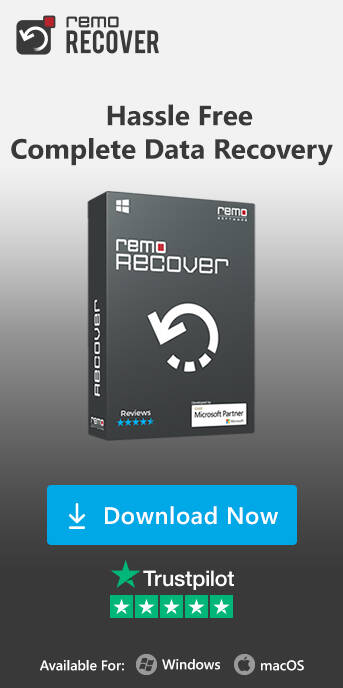ROM BIOS
ROM Basic Input Output System- The BIOS in a PC is stored in a ROM chip. It operates on a flag system i.e., either 0 or 1. It works on the flow that is designed and integrated at the time of manufacturing the motherboard. Usually, the motherboard holds the ROM and the ROM contains the BIOS program module.
The BIOS is initiated when power is turned on and it checks for the basic hardware components in the system to start the Operating System. The Operating Systems are built in a way to find a specific file by the BIOS which is the map to guide the BIOS further. These programs take charge of BIOS and use it to access peripheral components like the keyboard, etc.
The first program initiated while using Windows is NTLDR.dll. If this file goes missing or renamed, the BIOS will throw an error displaying that the needed file is missing.
Computer Startup with ROM BIOS
ROM BIOS plays an important role in the computer's startup process by providing crucial instructions and services for the hardware and software components to work together efficiently.
- Power-On Self-Test (POST): ROM BIOS performs a POST to check the hardware's integrity and configuration during the boot-up process.
- Initializing Hardware: ROM BIOS identifies and initializes connected devices, including graphics cards, memory modules, and storage devices.
- Booting the OS: Once after initializing all the hardware components. BIOS searches for an operating system to load and hands over control to it.
- Low-Level Software Routines (System Services): ROM BIOS provides a set of low-level software routines, known as system services, allowing the OS and applications to interact with the hardware. These services include disk operations, memory management, and I/O operations.
Need for BIOS Update
When the PC world advances in the field of mobile storage devices and other hardware peripherals, there appears a need for an update in the BIOS program. One of the necessities, some BIOS versions don’t have the support to boot from a pen drive or other external devices like memory cards and FireWire drives, which are designed and released after a very long gap after the BIOS-embedded PC was purchased.
In order to overcome this problem, flashing BIOS software was introduced. It replaces the old outdated BIOS with the new one. Different motherboard manufacturers use variant software for different operating systems. Some of the tools are:
- Universal BIOS Backup and update tool kit by David XXW.
- ASUS Flash to update BIOS on ASUS motherboards.
Caution: Be very cautious while using this type of software as these tools will prompt you to purchase the full version only after deleting the current BIOS. So it is very important that you pick up the right tool.
Although the term "ROM BIOS" is commonly used, modern computers often have a flash memory chip instead of a true ROM. This allows the firmware to be updated or upgraded through a process called flashing, which provides flexibility and the ability to fix bugs or add new features.
You may ask that BIOS is a non-recritable program and how come the updater tool alone can rewrite them?
How Flashing BIOS Tools Work?
The actual fact lies in the manufacture of the ROM in motherboards. They are not fully non-rewritable. The information inside a ROM can be wiped entirely and replaced with a completely new one. The name ROM is made general to indicate read-only memory. But the ROM can be categorized as below.
- ROM– Read-only memory
- PROM – Programmable Read-Only Memory
- EPROM – Erasable Programmable Read-Only Memory
- EEPROM – Electronically Erasable Programmable Read-Only Memory
The EEPROM is the thing that is currently in use and is called ROM in general. These EEPROMs can be erased and coded fresh with the help of electric charges. The maximum charge is attained by a PC to erase or write a program module in BIOS.
CMOS vs. BIOS
Usually, it is confused that CMOS and BIOS are the same. Though 60% of the statement is true, the other 40% is controversial. BIOS contains the program code which is to be executed at the time of power flow in the PC.
CMOS (Complementary Metal-Oxide-Semiconductor) is also initiated at the time of booting, but it stores the system settings needed for the boot. This may include things like system date and time, first boot device, boot password, voltage power settings of RAM, etc.
These CMOS settings are stored in a battery called a CMOS battery where the settings can be set to default by removing or replacing the CMOS battery. The system can boot even without a CMOS battery, but definitely not without BIOS ROM.
Conclusion
ROM-BIOS is replaced by UEFI (Unified Extensible Firmware Interface) provides BIOS in many new machines, as it is bought as it offers better security and is backward compatible as it is much more advanced and handles communication better between the hardware and OS in today's landscape. While traditional BIOS is still found in some legacy systems and continues to function.
